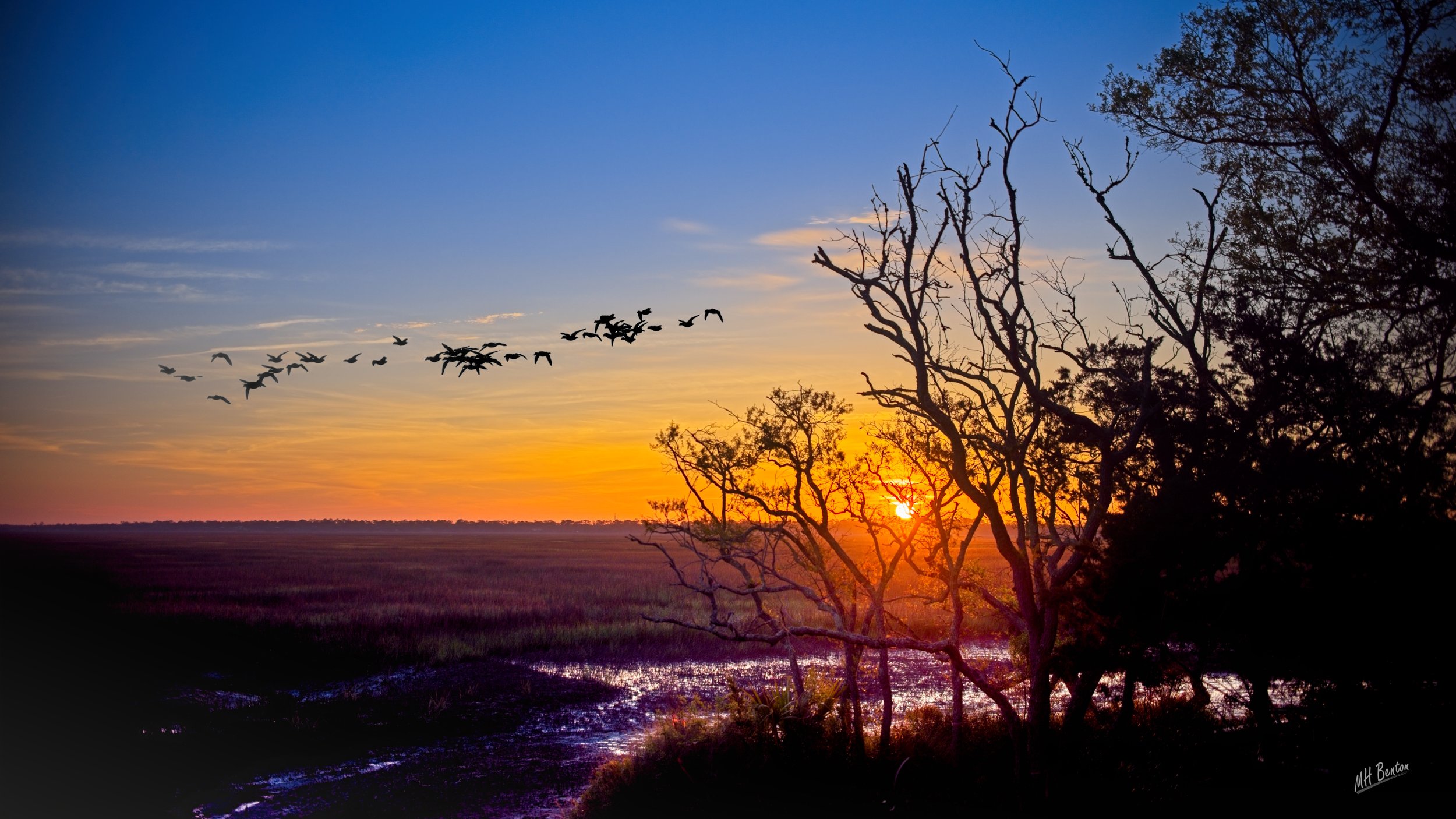Why Georgia is so important to the Atlantic Flyway
The Portion of the Atlantic Flyway that crosses the United States
The Atlantic Flyway acts as the primary avian migration route in the Americas. It runs from Greenland in Canada to Tierra del Fuego in South America, some 8,800 miles. Not all birds use the entire length of the Flyway, in fact most use just a portion when traveling between feeding and nesting grounds. The Atlantic Flyway is, simply put, a migration path across North & South America that provides good food, water and shelter while avoiding mountain ranges like the Appalachian and Andes.
As a wildlife photographer, my primary interest in the Atlantic Flyway is the opportunities it provides me to capture images of birds as they pass through. I am eternally grateful to people all along its length that attempt to protect it. While there is certainly more conservation work to be done, the health of today’s Flyway owes much to the efforts stated in the 1960s and 1970s. I’ve spent over 50 years wondering Georgia’s marshes and can say without question we have more birds today than when I was a kid. To me, it proves conservation work.
Even knowing that past efforts have paid off, there is more work to be done and conservation diligence must be maintained. Recently, groups like 100 Miles, applied pressure to our state elected officials and defeated HB 370, a bill that would have allowed for more private use, ownership, and ultimately development, of Georgia’s marshes. It just goes to show that forces still exist that are a danger to Georgia’s delicate saltmarsh ecosystem. If we do not protect our saltmarshes, and by extension our portion of the Flyway, we endanger all of it. The choices we make as Georgians will impact the health the entire Atlantic Flyway.
It’s All About The Saltmarshes
Migrating Birds At Sunrise, Village Creek Marsh
While every state that the migration path touches in the United States is important to the flow of birds, north-south and south-north, Georgia is the place where the great river-like flow of the flyway becomes one or breaks apart, depending on the season. It makes our few miles of marsh covered coastline a major junction for migrating birds.
Coastal Georgia in a unique wonder, its biodiversity is hard to overstate. Made up of 14 primary islands connected with over 400,000 acres of saltmarsh, our coast acts as one big breading ground, attracting all sorts of sea life that attracts all sorts hungry critters. It’s no wonder migrating birds make Georgia a stop along their journey.
While Georgia’s 100 miles of coastline consist of only about 1% of the total length of the Atlantic Flyway, each mile of it is put to good use.
Georgia’s Flyway Notes:
Over 350 species of birds migrate through our area each season.
While the total count of migrating birds is impossible to know, it’s big – over 700 million birds use the it during each migration period. A good portion will either stop in our saltmarshes or at least pass overhead.
The spring migration is shorter and more densely packed, providing the best opportunities for seeing our avian travelers.



